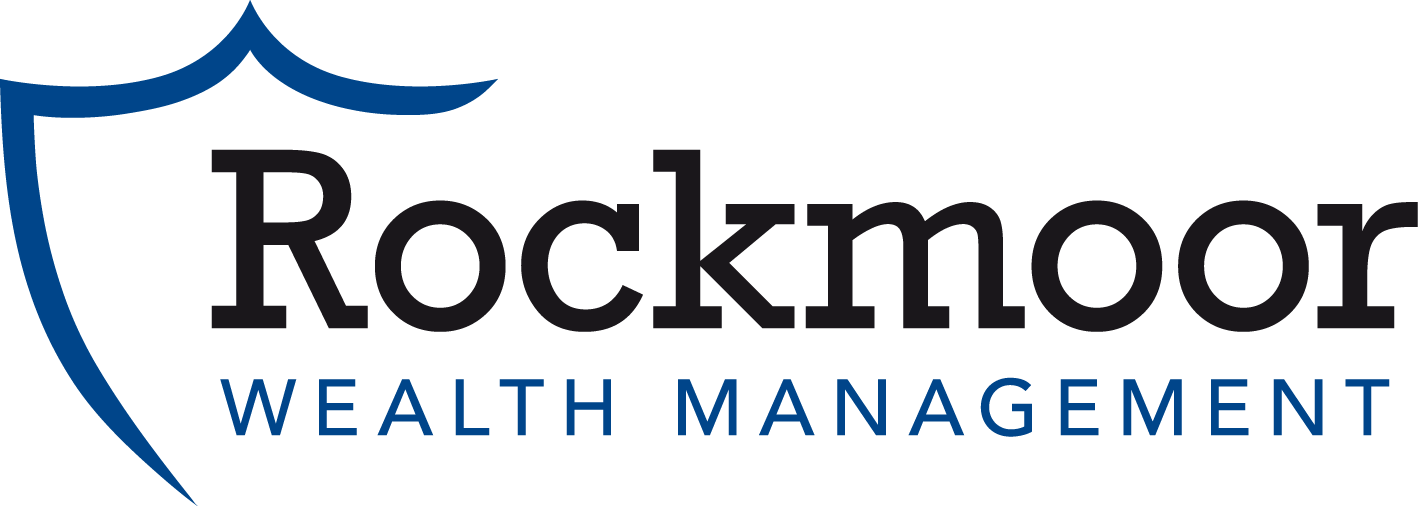The problem with mutual funds if you’re not using portfolio management services, is that your portfolio of investments in your RRSPs, TFSAs, and other accounts likely hold a number of mutual funds that have been picked by yourself, suggested by a friend, or recommended to you by a financial advisor. Likely, you have been told that by having different mutual funds you are well diversified and have not given it another thought (other than to make sure they are performing). While it is true that as an investor you need to hold a number of different stocks (equities) to be properly diversified, the question very few think to ask is, “Can I be over-diversified?”
The quick answer, YES! To begin, we need to remember that the idea behind diversification, simply put, is to reduce risk while maximizing return. At its core, this is a very simple concept. Academically speaking, a portfolio of just 32 stocks will reduce the overall specific risk (non-systematic) of a portfolio by 95%. By adding another stock, you are no longer achieving any more significant reduction in risk. You may actually now be suffering from “diworsification”. This term was coined by Peter Lynch, a legendary fund manager who published the book, One Up on Wall Street. He wrote that a business (or portfolio) that diversifies too widely risks destroying itself because management time, energy and resources are diverted from the original investment.
So why then, would your typical mutual fund hold well over 32 stocks? Unfortunately, it may be because your mutual fund manager is looking out for their own interests, instead of yours. Mutual fund managers’ jobs and paycheques depend on their performance as compared to a benchmark, index and/or to each other. If a mutual fund manager can achieve a return that is close to the benchmark, they can reasonably feel secure and justify their job and paycheque. This structure encourages and enables mutual fund managers to simply pick enough equities to closely mirror the benchmark they are being compared to (a term called closet indexing).
This brings us back to our typical Canadian investor. If a typical mutual fund holds an average portfolio of 90 stocks and you hold even just 3 or 4 mutual funds, you likely have a portfolio that holds well over 200 different stocks. You have now just fundamentally bought a benchmark or index fund. After fees and taxes that are passed from the fund to the investor, our outcome is, inevitably, underperformance.
This is further compounded when our investor finally does decide to move between advisors (independent or the bank) because of poor performance, relationship, trust, fees, etc. The new investment advisor will now usually suggest 3, 4, or more different mutual funds. Unfortunately, this essentially gives the investor an almost identical overall underlying investment. The investor feels positive about making a change, but very little change has actually occurred.
Ultimately, there is no point in paying the cost of a mutual fund manager and all of the embedded fees when you can simply and cheaply buy essentially the same thing with a passively held index or benchmark ETF.
Don’t get me wrong, I am not saying that you should just go buy a passively invested index ETF (though in some cases it is the right answer). I am a believer, proponent and investor of a fully discretionary, actively managed, properly designed portfolio (I usually hold between 20-22 stocks in mine). This is more accessible than many believe. A family with as little as $100,000 of investable assets can qualify to use registered portfolio management services. I encourage all investors to carefully review their portfolio, its investments and how it is being managed.
Founding Partner – Rockmoor Wealth Management
